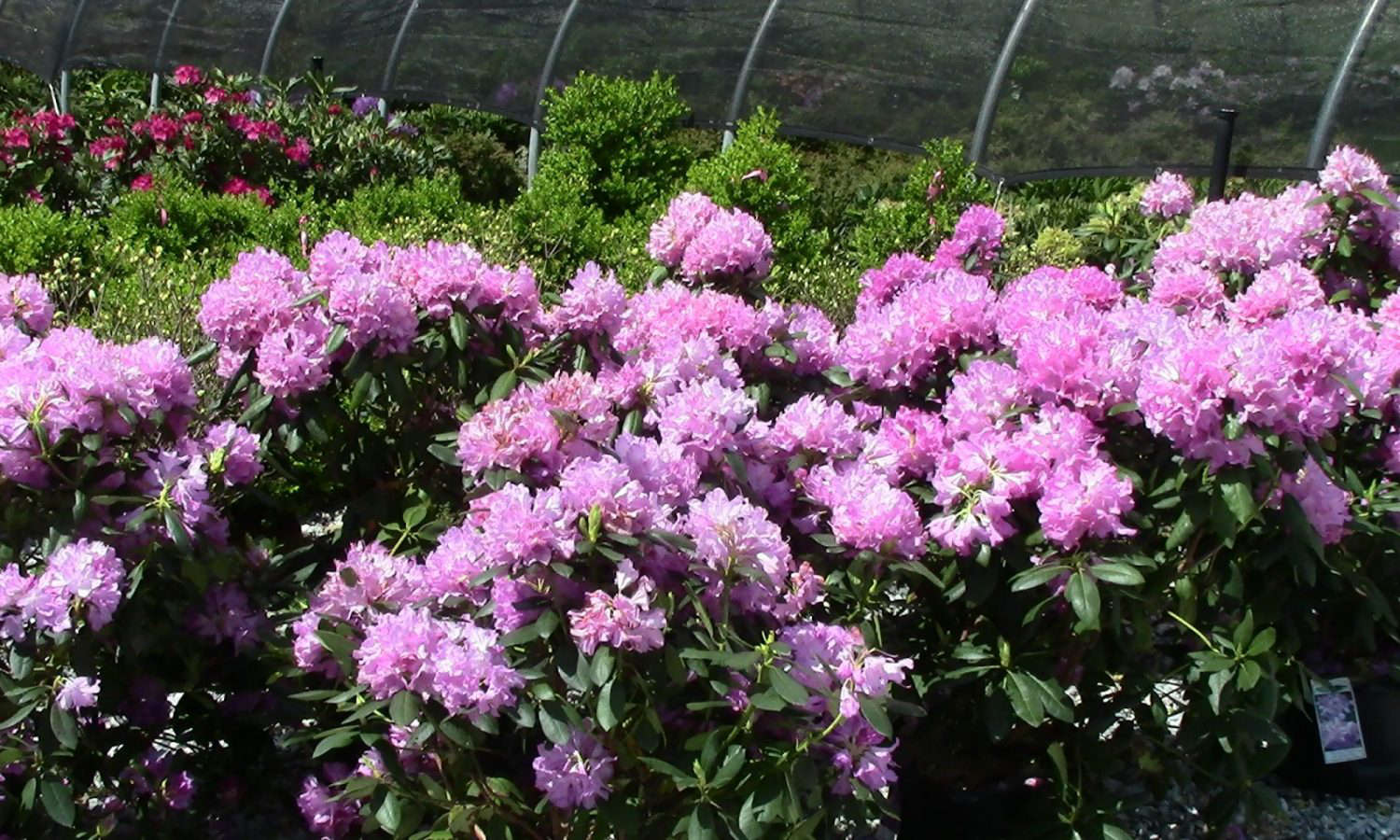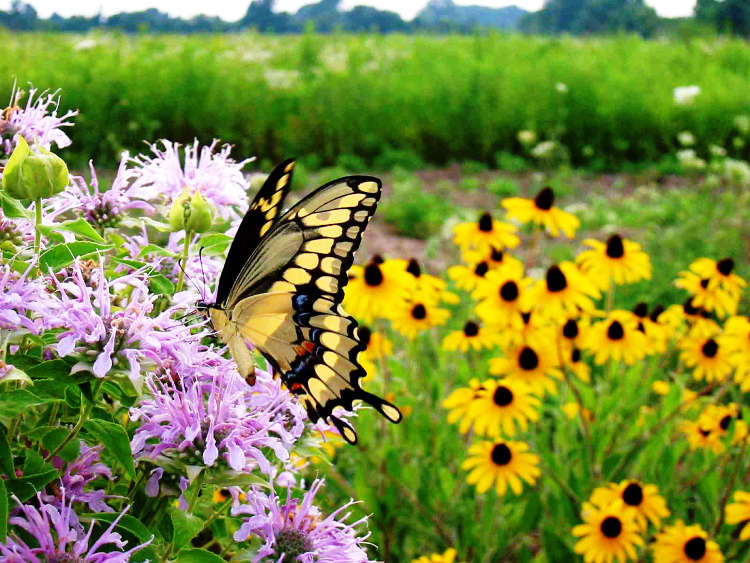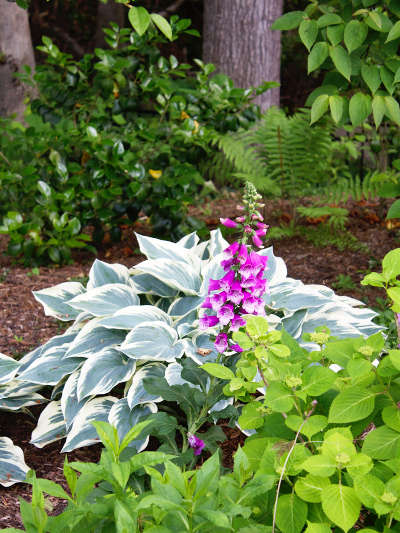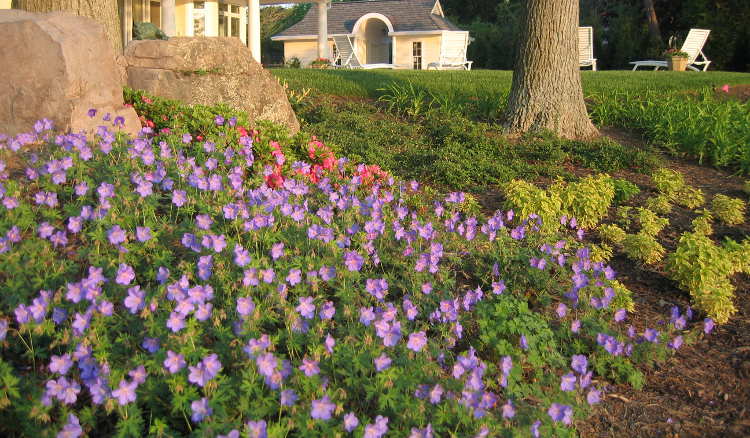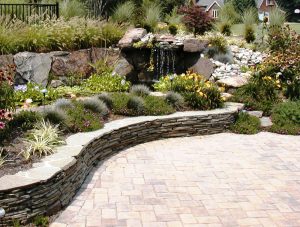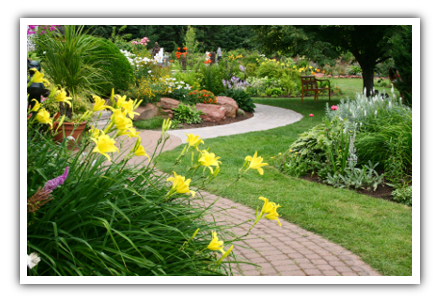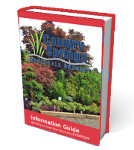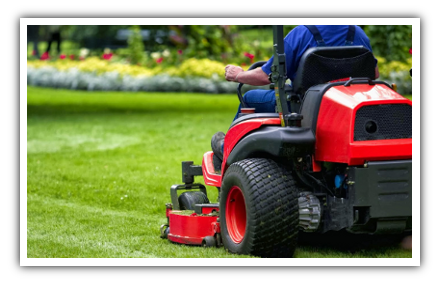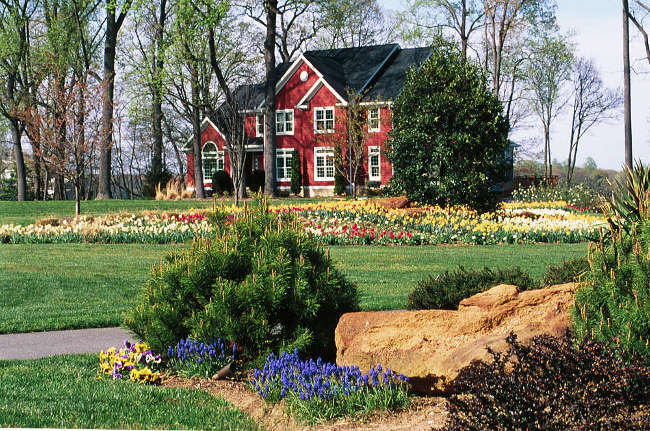 Increase Your Landscape Property Value Without Breaking a Sweat
Increase Your Landscape Property Value Without Breaking a Sweat
Does landscaping increase property value? If horticultural studies are anything to go by, there can be as much as a 12% increase in property value from landscaping alone.
The value in a pleasing landscape is obvious. People want a weed-free lawn and attractive flower beds. When they host a family barbecue, they want to be proud and not embarrassed.
How to use Landscaping to Attract Buyers
The first thing that buyers will see is the outside of your house, so it must look as good as possible. Remember, a home that has a well maintained yard signals to buyers that the inside of the home is well maintained too.
To increase landscape property value and attract buyers, it is crucial to have a good landscaping plan in place before you do any actual landscaping. If you make landscaping decisions without looking at and knowing the big picture, the landscape will likely appear disorganized in the end, which will turn off prospective buyers.
A professional landscaper can provide you with clever designs that are suitable for your yard and climate.
If you don’t want to hire a professional, at least start by drawing up a master plan for the landscaping project and commit to small chunks each season. Even if you are an amateur, you can create a professional landscape for around $500 – $3000. Price factors include which landscaping company you choose as well as the plants and materials for the project.
Benefits of Landscape Property Value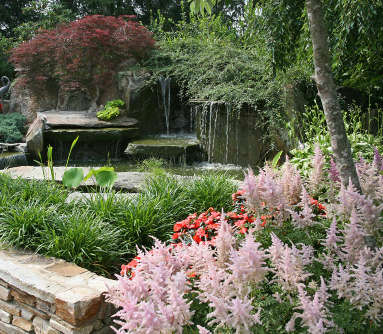
Speaking of plants, natural plants are worth the effort of planting. Native plants usually grow better than foreign, exotic plants. Healthy plants don’t need replacing as much, so you can save a lot of money as plants can be expensive.
The higher price you pay for plants is reasonable because landscaping will increase property value right away, and it is truly one of the few improvements that can do this. And the value will also increase over time; interior design and decor can go out of style, mechanical systems can wear out, but plants will grow and improve each year.
Finally, in case you aren’t experienced with gardening, gardening is fun and relaxing. It has been shown in studies to be a stress reliever. Therefore you will gain in health as well as increase your landscape property value.
Tips for Maintaining Plants
- Do not let nature take its course. Do proper maintenance on the plants – they will be healthier and prettier.
- The longevity of plants is a result of their health. Their roots must be healthy and unconfined. If there is a problem with the roots the plants will eventually show it.
- When a shrub gets too big and bushy on the outside, the inside of the plant suffers, so make sure to keep them pruned.
